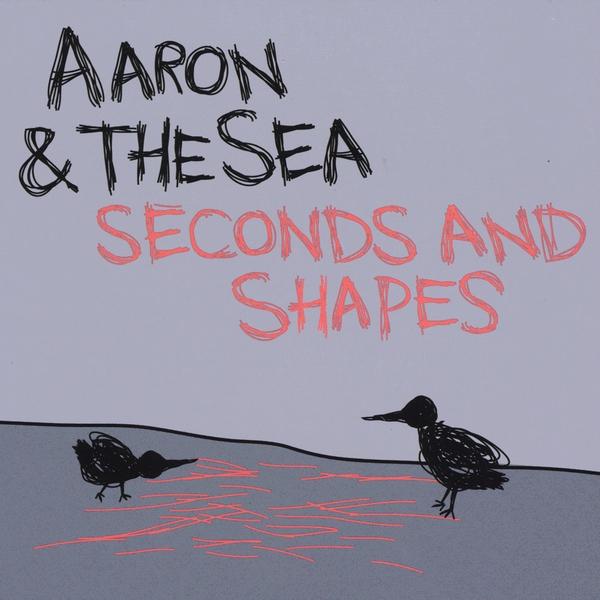
A Little Tour in France is a book of travel writing by American writer Henry James. Originally published under the title En Province in 1883-1884 as a serial in The Atlantic Monthly, the book recounts a six-week tour James made of many provincial towns in France, including Tours, Bourges, Nantes, Toulouse, Arles and several others. The first book publication was in 1884. A second, extensively revised edition was published in 1900.
James gives the idea for the book in the first paragraph of the first installment of the original magazine serial: "France may be Paris, but Paris is not France." He conceived the book as a description of and even homage to the provinces. James had tried living in Paris before settling in London in 1876. He returned to France in 1882 to discover more of French provincial life than he had previously been able to see.
James began his tour in Touraine, then journeyed southwest through Provence, and then north along the flooding Rh ne River to Burgundy. The resulting book was a pleasant mix of art and architecture criticism, references to classic literature as well as guide-books and pamphlets, sharp observation of people and places, and knowledgeable discussion of French history and culture - all communicated in an easygoing, urbane, witty style.
James could never resist the piquant detail, like the chatty nun who guided him through Marmoutier Abbey or the tough soldiers quartered in the dismal old papal residence at Avignon. He was particularly interested in ancient cathedrals and castles, the less restored the better, though he hardly neglects present-day realities of shabby inns, talkative diners, uncomfortable train rides, and dreary museums. There's little attempt at generalization or abstract theorizing. James is usually content to describe what he saw as accurately as possible. He wrote in a letter of November 12, 1882, to Isabella Gardner: "I have seen more of France than I had ever seen before, and on the whole liked it better."
The Sacred Fount is a novel by Henry James, first published in 1901. This strange, often baffling book concerns an unnamed narrator who attempts to discover the truth about the love lives of his fellow guests at a weekend party in the English countryside. He spurns the "detective and keyhole" methods as ignoble, and instead tries to decipher these relationships purely from the behavior and appearance of each guest. He expends huge resources of energy and ingenuity on his theories, much to the bemusement of some people at the party.
As he waits for the train to take him to a weekend party in the country, the narrator notices that Gilbert Long seems much more assured and lively than before. He also sees that Mrs. Brissenden (nicknamed "Mrs. Briss") is much younger-looking than her husband, though she's actually ten years older. The narrator begins to theorize that Long and Mrs. Briss are getting their vitality, vampire-like, from the "sacred fount" of their sexual partners' energy. At first, the narrator theorizes that the source of Long's newfound assurance and intelligence is a certain Lady John.







